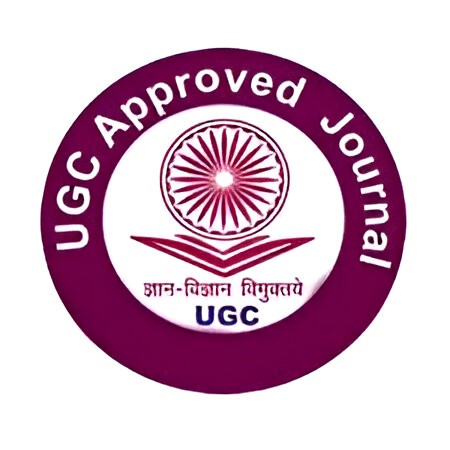A Micro-Level Study of Rural Livelihood Trends in Bihar's Gram Panchayats
Keywords:
Rural Livelihoods, Gram Panchayat, Bihar, Livelihood Diversification, Migration, Spatial Heterogeneity, Policy EffectivenessAbstract
This paper presents a meta-analysis of rural livelihood patterns at the Gram Panchayat level in
Bihar, India. The state of Bihar, characterized by high population density and predominantly
agrarian economy, presents unique challenges and opportunities for rural development policies.
Through systematic review of 24 empirical studies conducted between 1990-2012, this research
synthesizes findings on livelihood diversification strategies, income disparities, and
socioeconomic determinants affecting rural households across Bihar's Gram Panchayats. The
analysis reveals significant spatial heterogeneity in livelihood patterns with agriculture remaining
dominant but increasingly supplemented by non-farm activities. Migration emerges as a critical
livelihood strategy with remittances contributing substantially to household incomes in
economically disadvantaged regions. Government welfare schemes show varied penetration and
effectiveness across districts. Gender disparities persist in livelihood opportunities, with women's
participation in formal economic activities remaining limited despite policy interventions. The
findings underscore the need for spatially-differentiated, context-specific rural development
strategies that acknowledge the diverse livelihood patterns at the Gram Panchayat level rather than
uniform state-wide approaches. This research contributes to the evolving understanding of
microlevel rural economic dynamics in Bihar and provides evidence-based insights for targeted
policy formulation.











